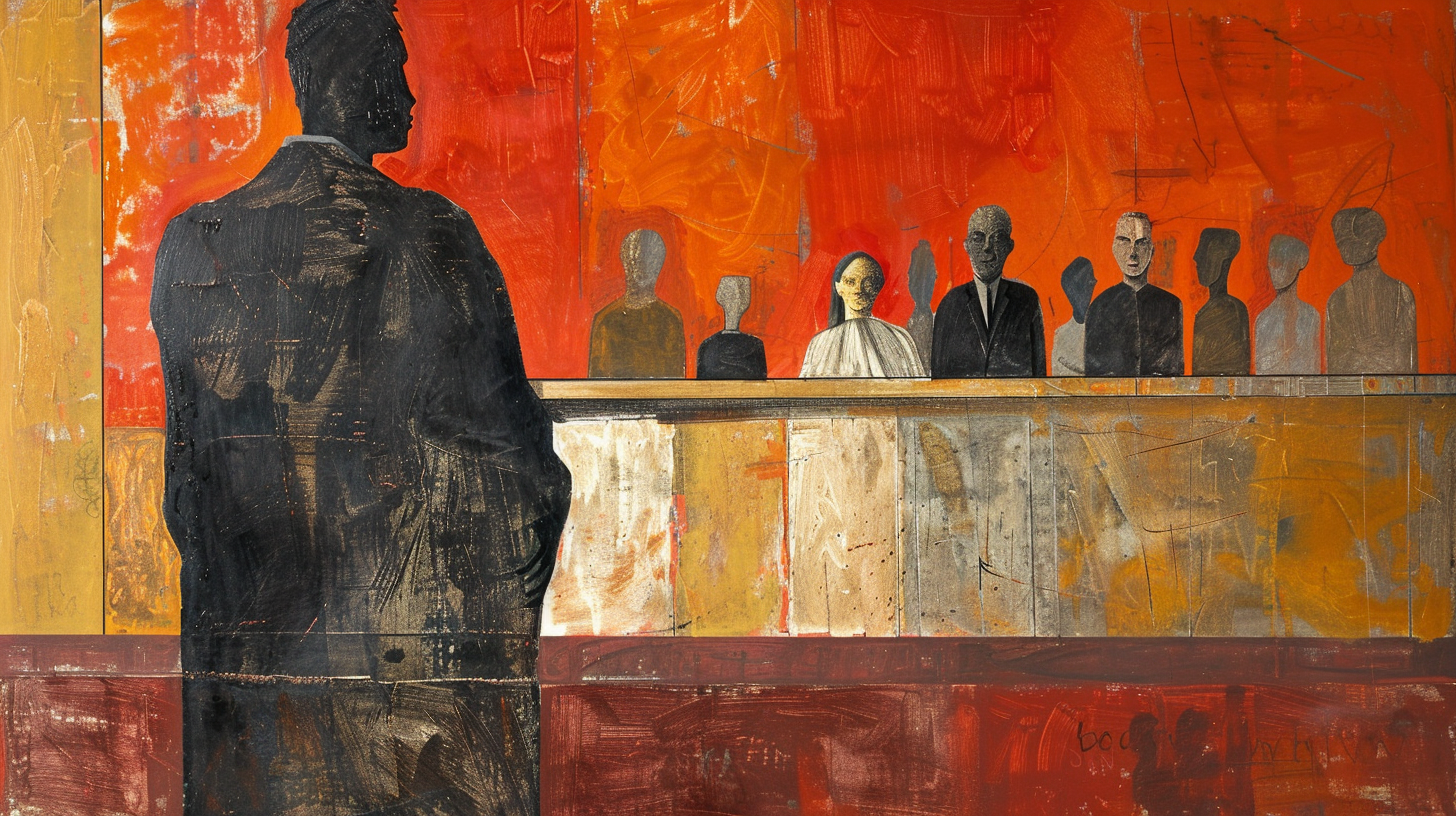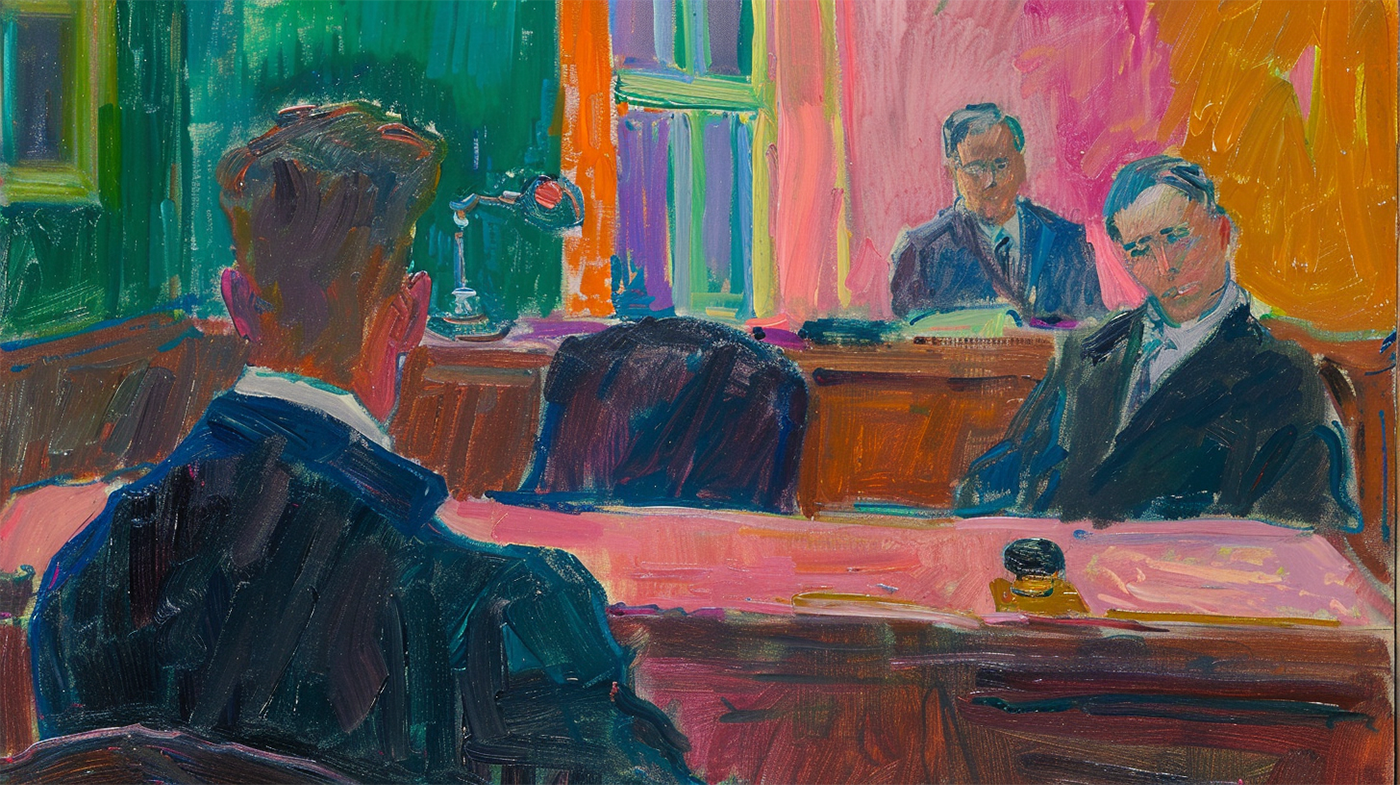There was an occasion when I saw Amer open his cross-examination on an investigating officer (IO) in a case we did together with Amer’s partner, Edmund Bon, in Ampang many years ago. It’s a tale I tell in my advocacy tutorials when the occasion calls for it. But first, his questions:
“Inspector, you have been thorough with your investigations?” “Yes.”
“Is there anything you would do differently?” “No.”
“You are satisfied with your investigations?” “Yes.”
It was downhill for him after that. Amer undermined the IO’s evidence question by question, taking his time too.
The advocacy lesson here is: set ’em up quick, take ’em down slow.
He setup the IO in three questions.
In the first, he pins down the IO to be thorough with his investigations. This heightens any omissions later by the IO during cross-examination.
In the second, he seals off the IO from backing out from anything in his examination in chief.
In the third, he confirms the IO’s personal endorsement over the performance of his official work. In doing so he intertwines the IO’s credibility with his competency, both of which are now open to criticism.
Those three seemingly simple questions are loaded. They are designed to quickly establish the standard the IO set himself and whether he personally met it before undermining him.
In cross-examination, my thinking is we should not spend too long establishing a witness’s credibility before undermining them. The longer we spend establishing a witness’s credibility in cross-examination, the greater we leave ourselves open to the law of unintended consequences to take effect, and end up doing the contrary.
Of course, there are exceptions to that thinking. There are certainly times when a comprehensive set up is necessary before the take down. This tends to be the case with factually or legally complex cases.
Simply describe their benevolent features as succinctly as possible and put them to the witness. They are likely to agree to something positive or flattering of them. Then undermine.
Please don’t think the above is set in stone and the only way to go about it. That is just one way. There are many ways. You should come up with your own opening gambits and setups. That’s where the fun is.
Related Posts
- Advocacy Tip: Getting off the ground
If there is one thing I enjoy more than advocacy books written by well known…
- Written Advocacy Tip: Break it down
Legislation is not an easy read, even for lawyers and judges. Sometimes I feel it…
- I love You 1000+ Advocacy
The former deputy prime minister and current UMNO (United Malays National Organisation), Datuk Seri Dr…
- Mass Calls to the Bar
My experience of calls to the Bar is one borne from moving calls mostly at…
- Hasan Ali and Me | Part One | From the Atelier
From the Atelier I met Nuriman Manap (Iman) through my secondary school friend, Yong Foo…







